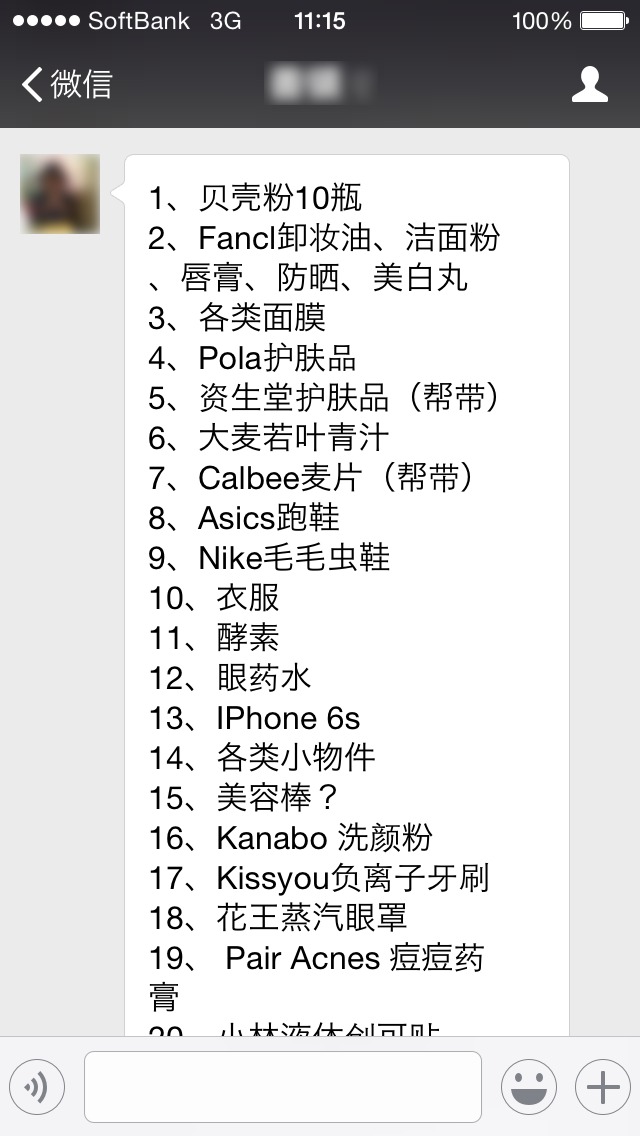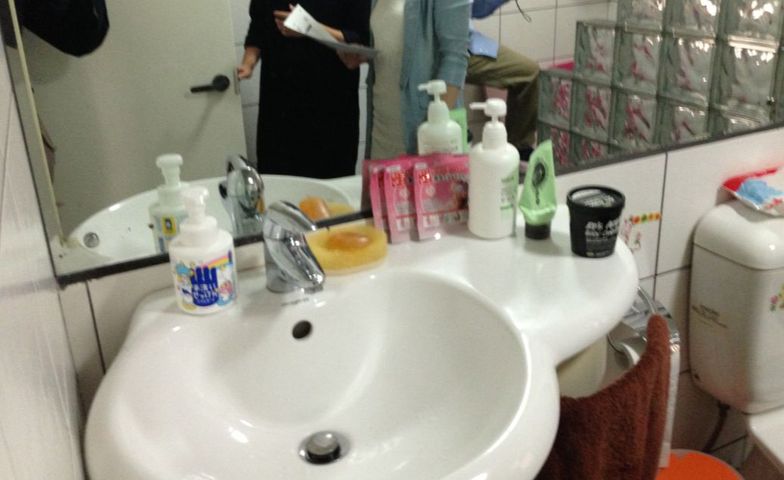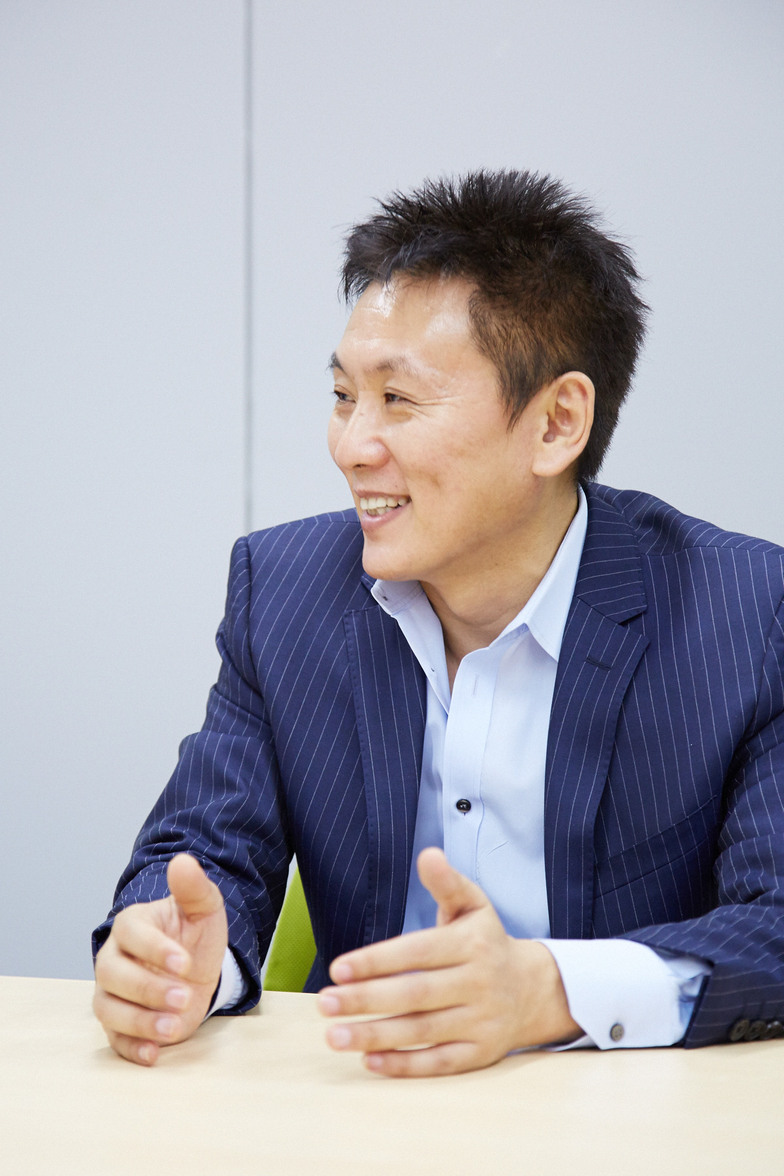This year saw Chinese tourists' 'spending spree' sweep through Japan, but how long will this trend last? Furthermore, how should we develop information dissemination and communication strategies for Chinese customers moving forward? Akino Yamamoto, who works on inbound promotion initiatives at Dentsu Inc., interviewed Mr. Xu Xiangdong, an expert in Chinese consumer research and business development.
Interview & Editing: Aki Kanahara, Dentsu Inc. Event & Space Design Bureau

(From left) Mr. Xu, Mr. Yamamoto
What Chinese people seek is Japan's "everyday life"
Yamamoto: From your perspective, Mr. Xu, why are Chinese tourists visiting Japan? What kinds of products do they want to buy here?
Xu: Chinese tourists visiting Japan exceeded 3 million by August. It looks like we'll reach 5 million annually. Sales might even surpass 1 trillion yen. While there are wealthy Chinese and those who aren't, the wealthy ones buy brand-name goods in Ginza or relax at hot springs. But with 5 million visitors, the vast majority are middle class. As for why they come to Japan, currently over 80% are here for shopping.
What are they buying? Initially, it was appliances like rice cookers and bidet toilet seats. Gradually, it shifted toward cosmetics and skincare, and now it's medicine. Cold medicine and eye drops are flying off the shelves. You really feel the shift toward daily necessities.
Yamamoto: That's right. Products commonly sold in drugstores are the targets of this "explosive buying." I believe what Chinese people seek in Japan is essentially the Japanese everyday life. It's crucial to convey that these are genuinely popular items in Japan – Japanese quality, made in Japan, and loved by Japanese people.
Xu: Fundamentally, I think Chinese people want to buy things Japanese people use daily and products highly regarded among Japanese consumers. But are Japanese companies effectively communicating this information to Chinese consumers? Currently, no. While "mass buying" is indeed happening, looking closely at the products being bought, it's mostly based on word-of-mouth among Chinese people themselves.
Essentially, it's through Chinese networks – like asking Chinese people in Japan to buy things for those who can't come – or products trending through word-of-mouth among Chinese people are selling the best. Overall, I feel the information is skewed.

The Actual "Shopping List" of Chinese Visitors to Japan

Yamamoto: Are there any specific products you think will sell well going forward?
Xu: Things change incredibly fast, right? Take the "12 Divine Medicines," for example. They became a hot topic after an article on a Chinese portal site. During this year's National Day holiday, Japanese drugstores listed them, put up signs in-store, and Chinese tourists went on a buying spree. But today, looking at information circulating among Chinese people themselves, it's already become the "50 Divine Medicines" (laughs). So, one trend we can definitely say is happening is diversification. The shopping lists bookmarked by Chinese people are exploding in number.
What worries me a bit is whether some products will just be a fleeting fad. For instance, if companies rush to mass-produce similar items just because something is being bought up by Chinese tourists, it might not work. The Chinese shoppers will see through it, and the products won't sell.
Are we marketing from a Chinese perspective?
Xu: Product quality and substance are important, but appearance matters too—specifically, being visually intuitive for Chinese consumers. You can see this when comparing products with identical functionality: some sell well, others don't. If you look closely, most items bought in bulk are easy to carry.
Yamamoto: Since everyone has a lot of luggage and needs to distribute many souvenirs back in China, small, space-saving items—preferably well-known brands—tend to sell quite well.
Xu: There used to be a company that made huge boxes to make bulk buying easier for Chinese people, but I haven't seen them lately. You have to think about making it easy to pack into suitcases.
Yamamoto: Japanese hospitality often prioritizes packaging, putting small items in big, flashy boxes. For Chinese people, that can actually be quite cumbersome. When accompanying friends on shopping sprees, many end up discarding the boxes and just putting the contents in sealed plastic bags to bring home.
We really need marketing that considers the traveler's perspective. Most Chinese people make a "shopping list" before coming to Japan. How can we get a spot on that list?
Xu: Getting them to bookmark your list directly might be the quickest way. But if you interact with Chinese people face-to-face, you can naturally see what aspects of your product they value. That approach might make it easier to get them to go on a shopping spree.
Yamamoto: But we must be careful. If the expressions in our articles don't match Chinese culture or unique Chinese expressions, it can feel staged. It comes across as a bit stiff.
Xu: Most content created by Japanese companies is stiff. It's mostly translated text.
They're perfectly crafted, but they lack elements that truly resonate with Chinese consumers. That's probably the biggest issue.
Yamamoto: So, when our team works, we first summarize what the client wants to convey most, extract and summarize the essential elements, and then pass that to local Chinese writers.
We often ask them to create articles that are "easy to understand" and "seem trustworthy" for Chinese readers, using Chinese expressions and current buzzwords. Also, is there a way to get accurate information cheaply, like a test marketing approach?
Xu: One approach is to ask Chinese people living in China who have actual shopping experience in Japan. Also, nowadays, you don't even need to travel. You can connect via webcam from home, have them show you the exact location of items they bought in Japan, and have a conversation.

Bathroom photos taken during an interview at a housewife's home in China. Many Japanese products are visible.
Yamamoto: I imagine we'll also hear various impressions about the purchased items. Are there any points we should be careful about?
Xu: Things that happen naturally sometimes don't go according to our requests. For example, even if we really want them to write the product name, they might not do it. But what we should reflect on in those moments is that the name itself might be inherently difficult for Chinese people to remember or pronounce.
Yamamoto: Since China is fundamentally a country of kanji, when names get long with English or katakana, people might not know how to read them or understand their meaning. That means the product name might not stick, and the intended message might not get across.
Xu: If we force such names on Chinese consumers and insist, "You absolutely must write this name," it just ends up sounding like a forced composition.
Which Chinese people should convey the message, and to which Chinese people?
Yamamoto: What approaches exist for selecting people in marketing?
Xu: It might be similar to hiring talent. Instead of judging by academic background, look for people with very close Chinese social networks. Actually, those not working at big Japanese corporations—housewives, for instance—might have stronger influence.
Yamamoto: So you need to choose people based on who you want to appeal to with this product and how you want to sell it.
Xu: Products aimed directly at end-users often don't work well. Japanese and Chinese sensibilities differ significantly. Companies that succeed in Japan frequently fail in China.
Yamamoto: The inbound market is largely untapped. You can't assume that because this product works for this type of person in Japan, the same marketing will work for inbound tourists. You have to start from scratch, seriously analyze the target audience and the product itself, and carefully select effective messaging and media.
By the way, while we have many Chinese visitors inbound now, how long will this last?
Xu: Before the big shopping sprees in Japan, last year 40 million mainland Chinese visited Hong Kong. Of those, 20 million were day-trippers. So why did they go to Hong Kong? You might be surprised, but they were buying Japanese goods in Hong Kong.
Yamamoto: Because Hong Kong is cheaper, right?
Xu: Exactly. Hong Kong is tax-free.
Last year, buying in Hong Kong was cheaper than buying in Japan. Japan became the target for shopping sprees this year because the weak yen made buying in Japan cheaper.
So, what about Taiwan? Last year, 4 million people went to Taiwan, and 6 million went to South Korea. Chinese tourists might buy Korean cosmetics, of course. They might get plastic surgery. But actually, they buy the most Japanese products.
Yamamoto: I think recent inbound tourism trends are shifting from goods to experiences. Enjoying hot springs, appreciating Japan's natural scenery. This is already mainstream for Korean and Taiwanese tourists. For Chinese tourists, it's largely untapped territory, so there's still huge potential ahead.
Xu: So rather than worrying about how long it will last, we should focus on deepening our understanding of Chinese people to ensure it continues indefinitely. After all, we're all human beings. Ultimately, Chinese people and Japanese people are the same. Most conflicts and clashes between people stem from misunderstandings born of preconceptions. Setting aside whether the term "spending sprees" is appropriate, the fact that so many Chinese people are visiting Japan is very positive. I believe this has led many Chinese people to gain a much deeper understanding of Japan and the Japanese.










